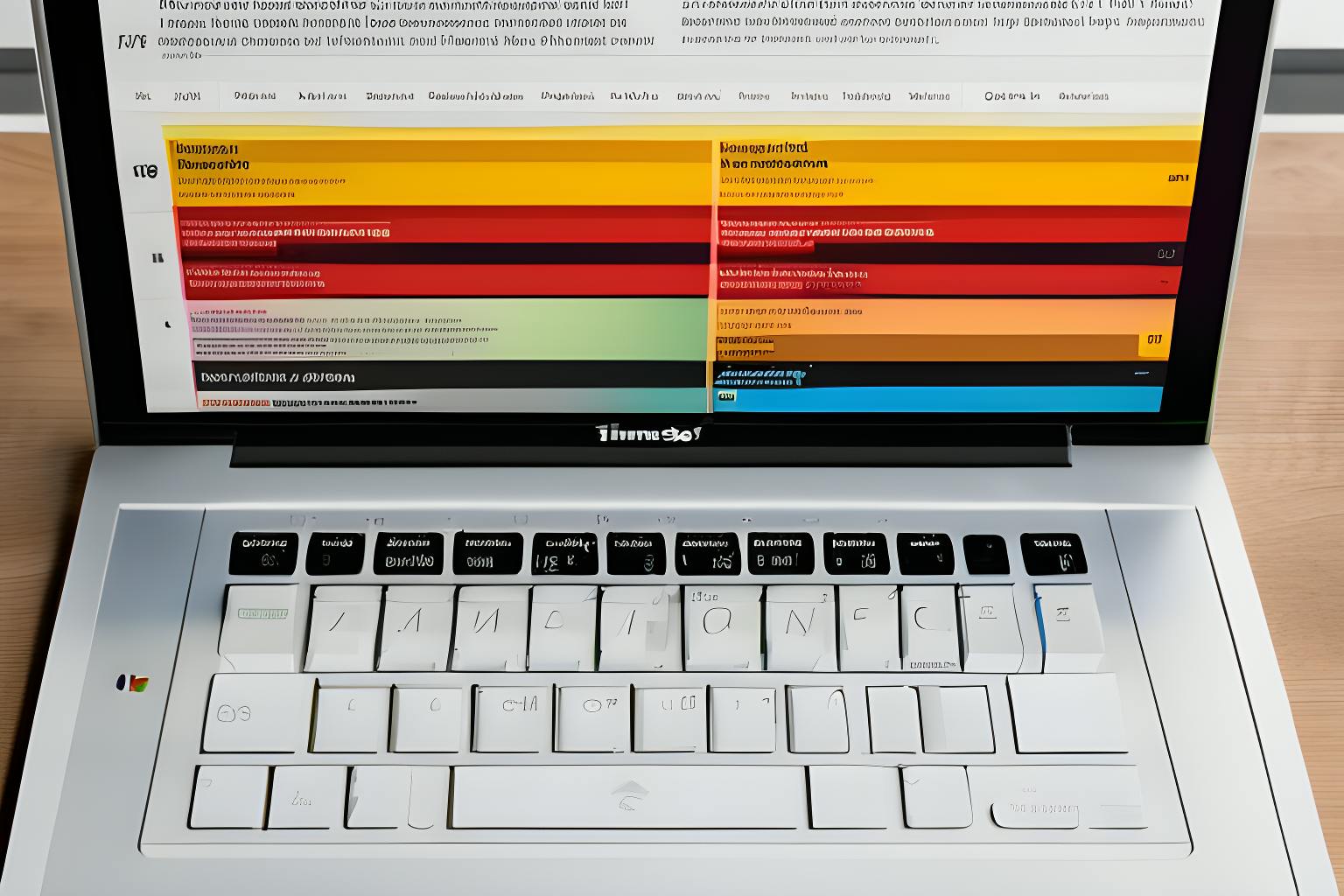The New York Times Company v. Microsoft Corporation Court Filing December 27, 2023 is part of HackerNoon’s Legal PDF Series. You can jump to any part in this filing here. This is part 4 of 27.
IV. FACTUAL ALLEGATIONS
A. The New York Times and its Mission
1. Almost Two Centuries of High-Quality, Original, Independent News
26. The New York Times is a trusted source of quality, independent journalism whose mission is to seek the truth and help people understand the world. Begun as a small, local newspaper, The Times has evolved to a diversified multi-media company with readers, listeners, and viewers around the globe. Today, more than 10 million subscribers pay for Times journalism, which includes everything from news to opinion, culture to business, cooking to games, and shopping recommendations to sports.
27. Founded in 1851, The New York Times has a long history of providing the public with independent journalism of the highest quality. When Adolph Ochs bought the newspaper out of bankruptcy in 1896, he vowed that The Times would be fiercely independent, dedicated to journalism of the highest integrity, and devoted to the public welfare. He articulated the vision: “To give the news impartially, without fear or favor, regardless of any party, sect, or interest involved.” These words still animate The New York Times today, nearly two centuries later.
28. Producing original independent journalism is at the heart of this mission. Times journalists cover the most important stories across the globe; in a typical year, The Times sends journalists to report on the ground from more than 160 countries. Together, along with editors, photographers, audio producers, videographers, graphic designers, data analysts, and more, The Times’s newsroom produces groundbreaking journalism across every major storytelling format.
29. The quality of The Times’s coverage has been widely recognized with many industry and peer accolades, including 135 Pulitzer Prizes since its first Pulitzer award in 1918 (nearly twice as many as any other organization). The Times’s journalism is also deeply impactful. Academics, teachers, and scientists have used it to educate and innovate. Lawmakers have cited it to introduce legislation. Judges have referenced it in rulings. And tens of millions of people rely on it every day.
30. Times journalists are experts in their subject matter and among the most experienced and talented in the industry. In many cases, their work is enhanced by professional expertise: lawyers cover the court, doctors cover health care, and veterans cover the military. Many Times journalists draw on decades of experience. One reporter covering the White House, for example, has reported on five administrations. His colleague, a White House photographer, has covered seven.
31. In addition to journalists who spend considerable time and effort reporting pieces, The Times employs hundreds of editors to painstakingly review its journalism for accuracy, independence, and fairness, with at least two editors reviewing each piece prior to publication and many more reviewing the most important and sensitive pieces. The Times also has among the largest and most robust Standards teams in the industry, which advises the newsroom daily on consistency, accuracy, fairness, and clarity in its reporting and maintains stringent ethical guidelines for journalists and their work. The Times also maintains an internal Stylebook, a document that is updated over time to guide the tone of its journalism and the prose used. There is also an ongoing dialogue among journalists and editors to ensure The Times fairly and thoroughly covers the right stories and presents what it finds in a clear and compelling way. Producing Times journalism is a creative and deeply human endeavor.
Continue Reading Here.
About HackerNoon Legal PDF Series: We bring you the most important technical and insightful public domain court case filings.
This court case 1:23-cv-11195 retrieved on December 29, 2023, from nycto-assets.nytimes.com is part of the public domain. The court-created documents are works of the federal government, and under copyright law, are automatically placed in the public domain and may be shared without legal restriction.

